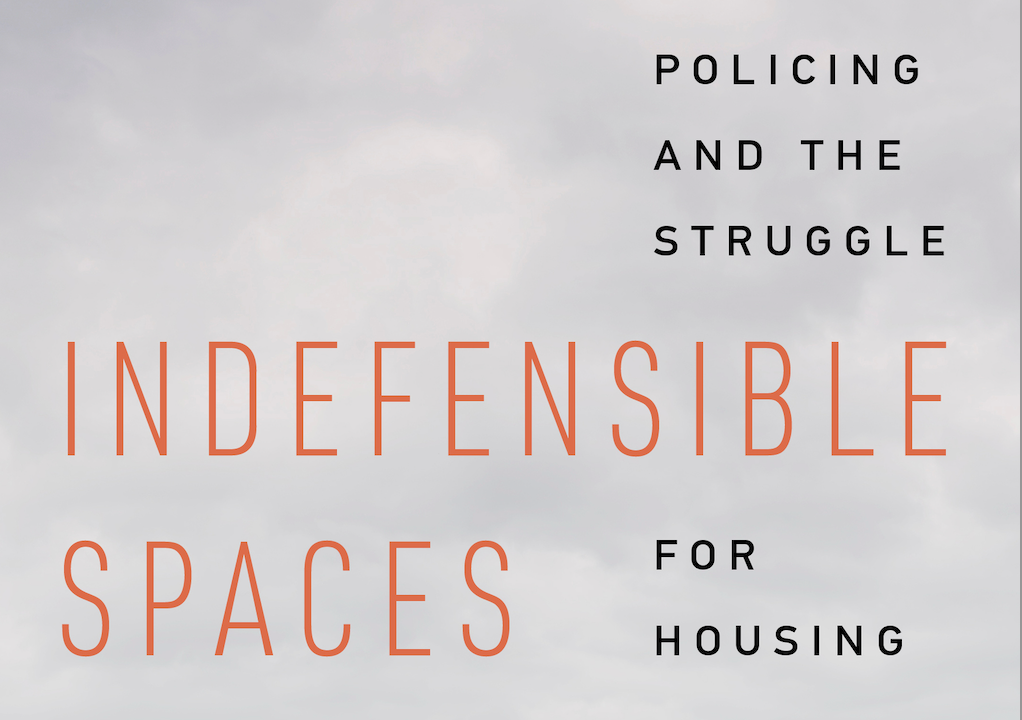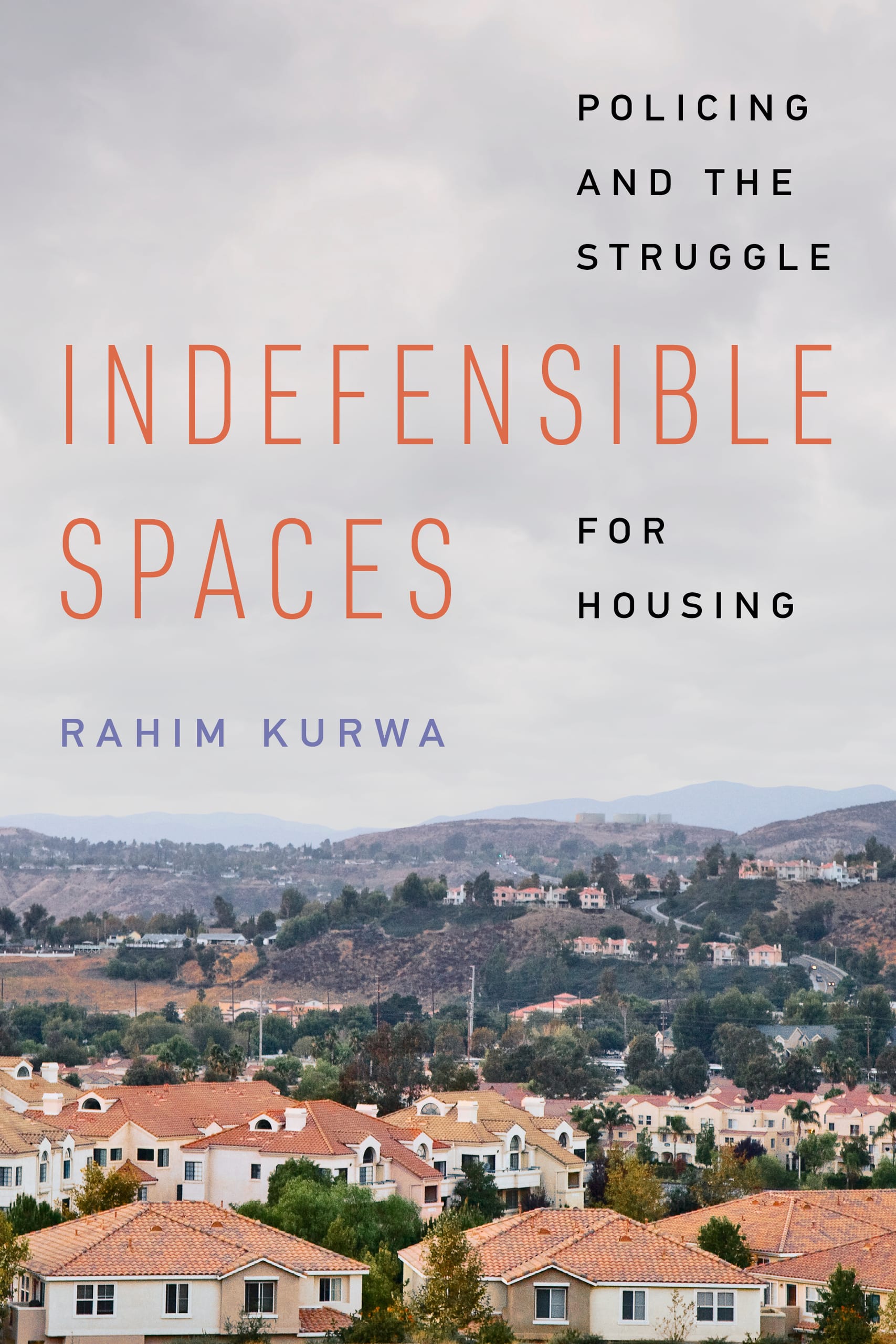Author's Pitch: Indefensible Spaces by Rahim Kurwa
"Indefensible Spaces offers a case study of the national crisis of the policing of housing, told through a history of Black organizing and resistance in one of Los Angeles’s most overlooked areas."

Indefensible Spaces: Policing and the Struggle for HousingRacist policing and unaffordable housing are central crises of the early 21st century. Indefensible Spaces: Policing and the Struggle for Housing tells the story of how the two intersect in the Antelope Valley, Los Angeles County’s northernmost outpost and a destination for those priced, policed, and evicted out of Los Angeles.
The book follows the valley’s segregated development after World War II, and the resulting emergence of Sun Village, an all-Black town whose civil rights organizing challenged the valley’s segregated neighborhoods, workplaces, and schools. The town's Women's Club and NAACP managed to establish the nation's first public park in honor of Jackie Robinson, broke the segregation barrier in the valley, and won campaigns against employment discrimination.
The book traces how, in the face of this organizing, the valley sought to defend itself as a white space. On one hand, personified by Christian Identity preacher Wesley Swift, the valley saw a wave of vigilante and mob violence against non-white residents. On the other, valley institutions searched ineffectively for ways to legally preserve their social hierarchies. When Black families pushed out of Los Angeles moved to the valley, often through the federal government's Housing Choice Voucher program, the valley found a new way to assert its hierarchies by using policing to resist racial integration. In doing so, the valley created a synthesis of state and mob, expanding its system of policing by incorporating local residents into the work of surveilling and punishing their neighbors. This system of participatory policing evicted at least one in twenty voucher holders in the valley.
For local residents, the ability to participate in policing re-made a social hierarchy eroding through recession and de-segregation. For voucher tenants, the majority of whom were Black women raising children, surveillance and raids devolved home into mere shelter and made life in the valley nearly untenable. The book documents these effects before turning to the rise of a local social movement that challenged the policing of housing.
Built from a pairing of local organizers and Los Angeles' legal aid community, the movement paired local protest with a legal strategy organized to break apart the inter-agency partnership between the valley’s cities, County Housing Authority, Sheriff’s Department, and broader public that had been created to evict voucher tenants. Alongside its own litigation, the movement’s work attracted the support of the Department of Justice's Civil Rights Division, which filed its first case alleging that policing practices could violate the Fair Housing Act.
Today, these efforts have proven partially successful. The policing partnership was broken and voucher tenants in the valley are no longer subject to raids and escalated evictions. But broader police reforms sought by the DOJ have been stalled for a decade, abetting ongoing anti-Black violence in the valley. In taking stock of this history, I suggest that we should consider the de-policing of housing in the agenda of both those seeking housing justice and an end to police violence and impunity.
Indefensible Spaces offers a case study of the national crisis of the policing of housing, told through a history of Black organizing and resistance in one of Los Angeles’s most overlooked areas. The book shows how the policing of housing has rendered Black homes indefensible spaces, and how tenants and organizers across the valley have worked to overcome it, offering lessons for achieving housing justice across the country.
The book is available both in print and as an open access e-book (.epub or .pdf). It can be taught in courses touching on housing policy, race, gender, policing, urban sociology, and law.
Indefensible Spaces: Policing and the Struggle for Housing, from University of California Press
Carceral History is provided for free as a professional service by a mid-career jail historian, Melanie Newport. Melanie is author of This Is My Jail: Local Politics and the Rise of Mass Incarceration (University of Pennsylvania Press, 2022). She is also stepping into her power (lol) as Director of Graduate Studies at the UConn Department of History. To learn more about UConn's graduate program in History, check out our department page.
If you'd like to see your work featured on Carceral History, email Melanie at carceralhistory@gmail.com.

